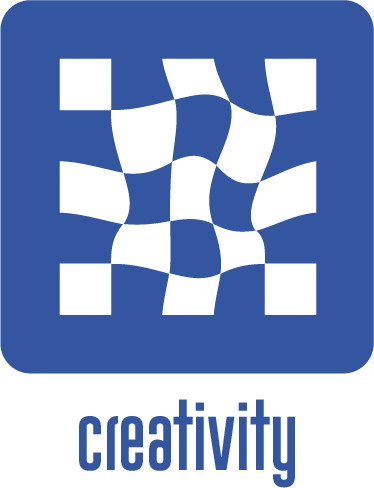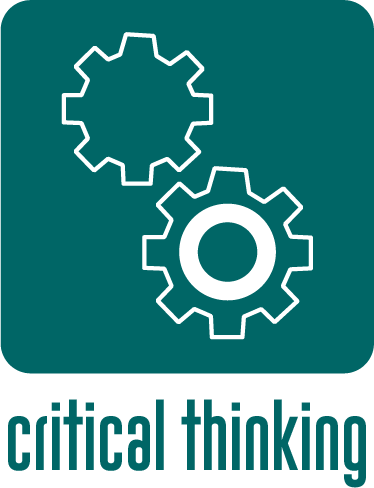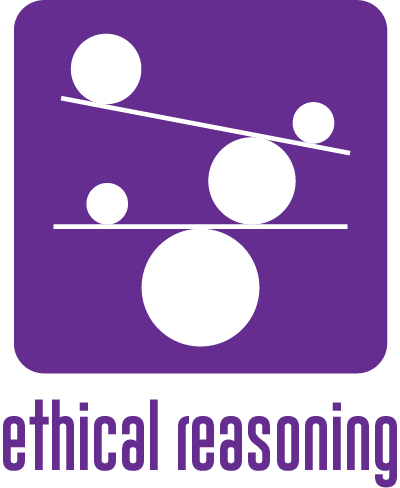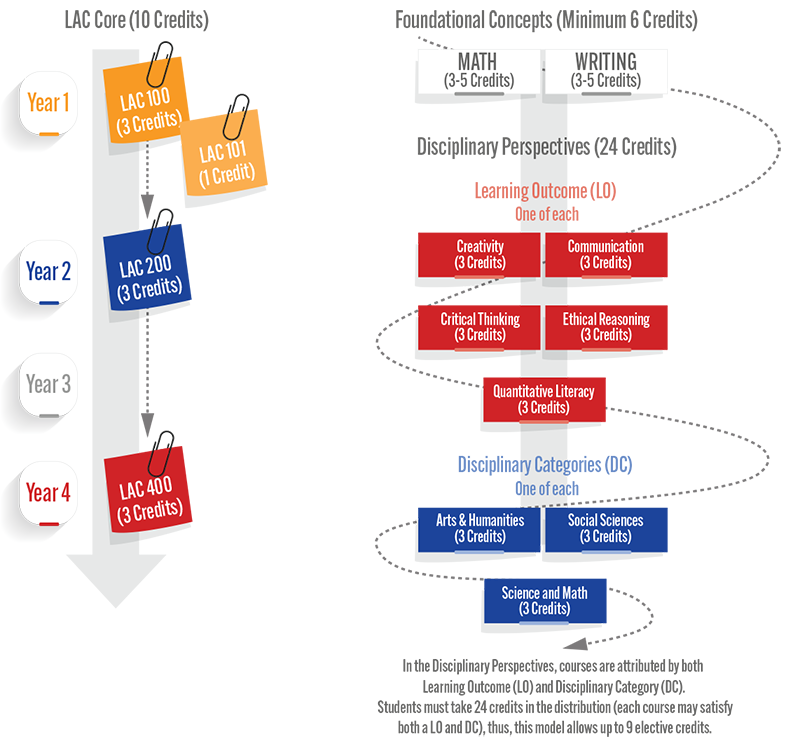Understand the Curriculum
Eastern's Liberal Arts Core (ELAC) was adopted by University Senate in April 2021 and will be implemented for all incoming students in the Fall 2024 semester. The curricular development process was guided by
- Equity, ensuring that we support our unique population of students in achieving academic success and supporting the development of informed citizens who can address inequities in our society.
- Explicitness, providing students with clear explanation as to the knowledge and skills they are developing.
- Integration, helping students to make connections between the knowledge and skills they are developing across their coursework and in their lives outside of Eastern.
- Sustainability, building a curriculum that is flexible and allows Eastern to adapt to changes in the world and meet the needs of a changing student population.
We support our students in reaching these goals with courses that include two of our five competency based learning outcomes (communication, creativity, critical thinking, ethical reasoning, and quantitative literacy) and embedded high impact learning practices.
Learning Outcomes
Five competency based learning outcomes were adopted by the University Senate in 2020.





- Communication requires students to recognize and utilize the most appropriate means to address specific audiences in relevant contexts or genres in order to effectively inform or persuade.
- Creativity is the ability to utilize skills and strategies to synthesize ideas, perspectives, information, or materials in original and self-aware ways, and to use that synthesis to generate imaginative acts or products.
- Critical Thinking is the analysis and evaluation of complex ideas, artifacts, information, and arguments as a basis for formulating a well-reasoned belief, judgement, or conclusion.
- Ethical Reasoning requires students to recognize ethical issues, identify their own ethical positions and analyze other ethical perspectives in real-world situations in order to consider the impact of decisions and actions on other individuals, society, and the environment.
- Quantitative Literacy is competency in working with numerical data to reason or solve problems, the ability to make judgements and draw conclusions supported by quantitative evidence, and the ability to communicate those arguments utilizing quantitative tools.
For additional information about the learning outcomes and how the outcomes will be assessed please see SB 19/20-07.
An Overview of ELAC
The ELAC curriculum includes three types of courses (also displayed graphically in the figure below):
- Foundational Concepts - math and writing requirements,
- Core Courses - interdisciplinary seminars, and
- Disciplinary Perspectives - courses within the discipline that target a non-major audience.

Liberal Arts institutions are increasingly moving toward integrative curricular models and away from traditional distribution models. The ELAC curriculum represents a hybrid model that has integrated, interdisciplinary core seminars that are capped at 19 students, embed 2 LAC learning outcomes, and 2 high impact practices. The disciplinary perspectives courses are disciplinary based but aimed at a non-major audience. These should include a primary and secondary LAC learning outcome, and 1 high impact practice. The table below summarizes the requirements of both types of courses.
Courses Approved to Satisfy ELAC Requirements
The following are Disciplinary Perspective and Seminar courses that have been approved to satisfy ELAC requirements.







